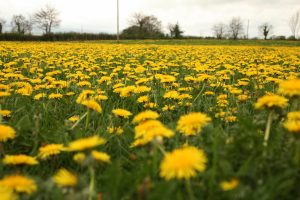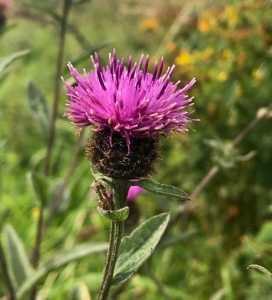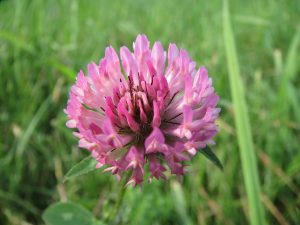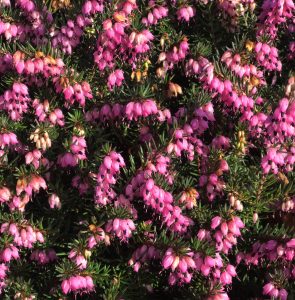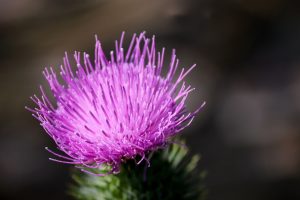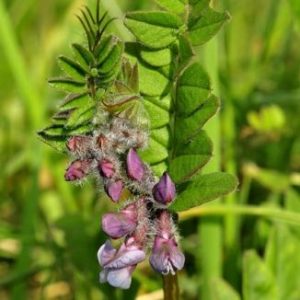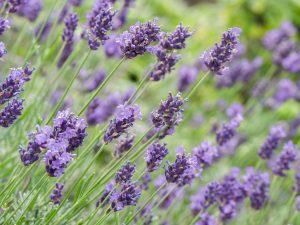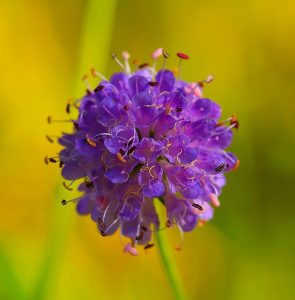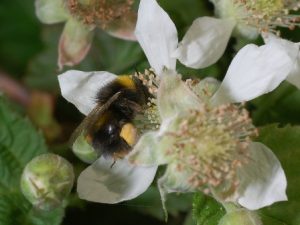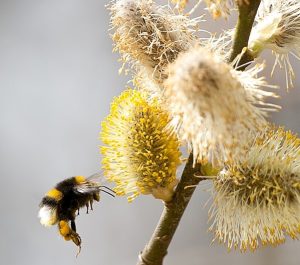Every year, the National Biodiversity Data Centre receives hundreds of bee sightings from all over the island of Ireland.
In 2022, 1,482 bee records were submitted, including information about what the bee was feeding on.
Wild bees are in trouble mainly because of hunger: there are not enough of the plants that provide the best source of pollen and nectar. So, this data is hugely important in helping us create a picture of bees’ favourite food – a menu of flowers that we know they love.
Here are the top ten favourite food for bees in 2022, in order of the number of sightings submitted:
- Dandelion (more than double number of sightings of Knapweed!)
- Knapweed
- Clovers (Red & White)
- Heather (garden and native)
- Thistles
- Bush Vetch
- Lavender
- Devil’s-bit-Scabious
- Bramble
- Willow
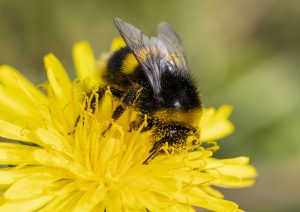
Top 5 plants each month in 2022
We can also see which flowers are more popular at different times of year. It is important that pollinators have a good source of nectar and pollen throughout their lifecycle (usually February – October).
These are the top five plants foraged on by bees in each month in 2022 (starting with the most popular, descending from left to right).
|
Month |
Most popular plants |
|
February |
Garden Heathers, Crocus, Grape Hyacinth, Hellebore, Mahonia |
|
March |
Dandelion, Garden Heathers, Willow, Rosemary, Flowering Currant |
|
April |
Dandelion**, Flowering Currants, Rosemary, Bush Vetch, Berberis |
|
May |
Bush Vetch, Dandelion, Red Clover, Hawthorn, Catmint |
|
June |
White Clover, Bramble, Bush Vetch, Bird’s-foot Trefoil, Cat’s-Ear |
|
July |
Knapweed, Bramble, Ragwort, Lavender, Thistles |
|
August |
Knapweed*, Devil’s-bit-Scabious, Thistles, Ragwort, native Heathers |
|
September |
Devil’s-bit-scabious, Ivy, Lavender, Thistles, native Heathers |
|
October |
Ivy*, Dandelion, Devil’s-bit-scabious, Knapweed, Catmint |
* indicates where this was a clear favourite over the other species (based on the data received). Wild bees are typically active from February until October.
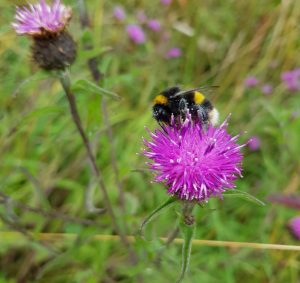
How you can help
Here is a handy guide to growing some of the plants listed above. It’s often as simple as doing nothing, avoiding pesticides, and letting nature take its course!
|
|
|
Flowering season |
How to grow |
|
Dandelion (native) |
Spring |
Don’t mow, let it grow! These native wildflowers are one of the best sources of food for pollinators. All you need to do is give them a chance. Let them grow up between cracks in your patio, or in your lawn (even strips here and there will do). |
|
|
Knapweed (native) |
Summer/Autumn |
Don’t mow, let it grow! These native wildflowers are one of the best sources of food for pollinators. Let knapweed grow in your lawn. If it doesn’t appear naturally with reduced mowing, you could collect some seed locally in August. |
|
|
Clovers -Red & White (native) |
Spring/Summer |
Clovers will grow naturally in most lawns if you reduce mowing. Even a cut every six weeks starting in mid-April will help them bloom. |
|
|
Heather (Garden and native) |
Spring/Summer/ Autumn/Winter |
Heather can be an important garden plant – buy in a garden centre. Avoid those that have been artificially sprayed different colours. Native Heathers flower in bogs and heaths in late summer, showing the importance of this habitat for pollinators. |
|
|
Thistles (native) |
Summer/Autumn |
Thistles often appear naturally in unmanaged areas. If you have space, allow some to grow. They are a great source of food for pollinators in summer and the seeds feed many birds in autumn. |
|
|
Bush Vetch (native) |
Spring/Summer |
Bush Vetch will grow naturally in most lawns if you reduce mowing. Even a cut every six weeks starting in mid-April will help them bloom. (Pic: Zoe Devlin) |
|
|
Lavender (garden plant) |
Summer |
Lavender is an important garden plant as it is rich in pollen and nectar. It can be found in garden centres. Avoid plants that have been treated with pesticides. |
|
|
Devil’s-bit Scabious (native) |
Summer/Autumn |
Devil’s-bit Scabious is a late flowering plant that occurs in marshes, pastures, and hedgerows. If you’re lucky it might appear in your lawn if you reduce mowing. It prefers slightly wetter sites. |
|
|
Bramble (native) |
Summer |
Let bramble grow in hedgerows. The blossom will provide bees with nectar and pollen, and in the autumn, juicy blackberries can be eaten by other creatures (including humans!) |
|
|
Willow |
Spring |
This early-flowering native tree is easy to propagate from cuttings in winter. |
Help us by sending in your sightings
It is important that we stay aware of Ireland’s bees and what they are feeding on. This helps us track changes in their behaviour and understand the best way to help them.
You can help by submitting any sightings of bees to the National Biodiversity Data Centre here: Start recording (biodiversityireland.ie)
Find out more
Top Ten Ways to Help Pollinators

